 Lake Dick School and Community Center
Lake Dick School and Community Center
Time Period: Early Twentieth Century (1901 - 1940)
 Lake Dick School and Community Center
Lake Dick School and Community Center
Lake Village Confederate Monument
 Lake Village Flood
Lake Village Flood
Lake Village Post Office
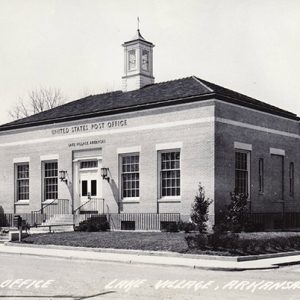 Lake Village Post Office
Lake Village Post Office
Lake Winona
aka: Alum Fork Reservoir
 Lakeport Flood
Lakeport Flood
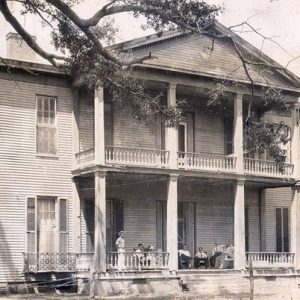 Lakeport Plantation
Lakeport Plantation
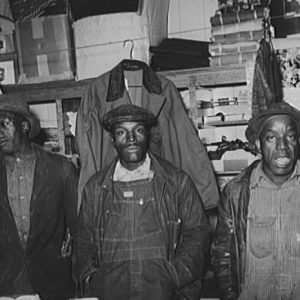 Lakeview Co-op Members
Lakeview Co-op Members
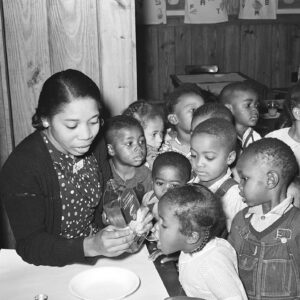 Lakeview Children
Lakeview Children
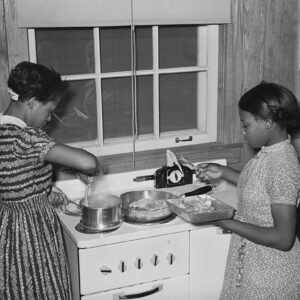 Lakeview Cooking Lesson
Lakeview Cooking Lesson
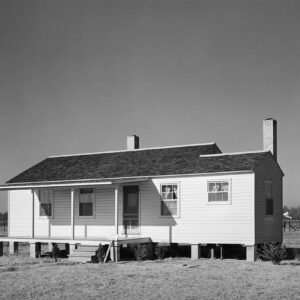 Lakeview House
Lakeview House
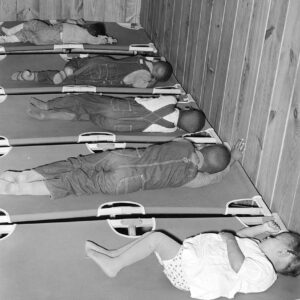 Lakeview Nursery
Lakeview Nursery
Lakeview Resettlement Project Historic District
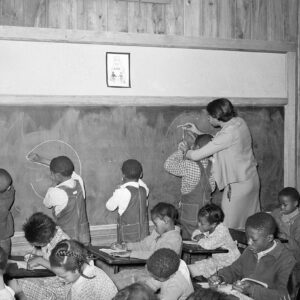 Lakeview Students
Lakeview Students
 Lamar Bathhouse
Lamar Bathhouse
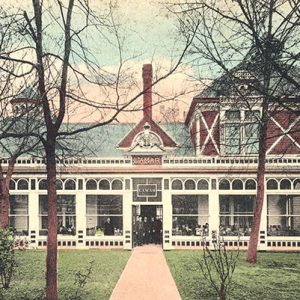 Lamar Bathhouse
Lamar Bathhouse
 Lamar Grocery
Lamar Grocery
Lamar Porter Athletic Field
 Lamar Porter Field
Lamar Porter Field
 Lamar School
Lamar School
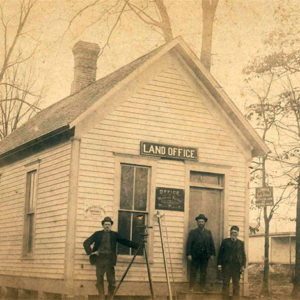 Land Office
Land Office
Landis, Reed Gresham
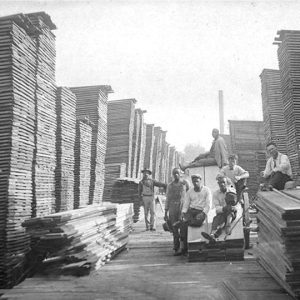 Lansing Company
Lansing Company
 Bob Larkan Record
Bob Larkan Record
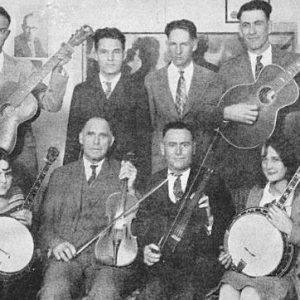 Bob Larkan and Family
Bob Larkan and Family
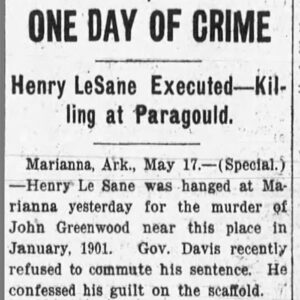 Henry LaSane Execution Article
Henry LaSane Execution Article
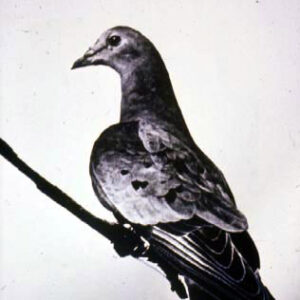 Last Passenger Pigeon
Last Passenger Pigeon
 Effie Latimer
Effie Latimer
Latimore Tourist Home
 Chet Lauck
Chet Lauck
Lauck, Chet
aka: Chester Harris Lauck
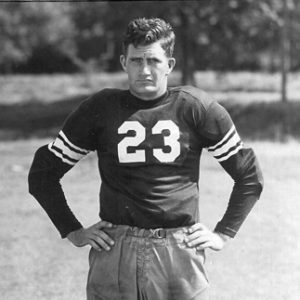 Jay Lawhon
Jay Lawhon
 Marjorie Lawrence
Marjorie Lawrence
Lawrence, Marjorie Florence
Lawyers’ Row Historic District
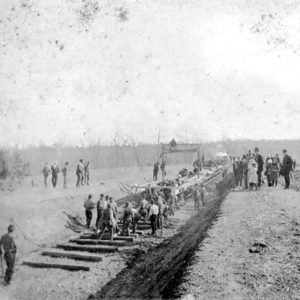 Laying Track in Carroll County
Laying Track in Carroll County
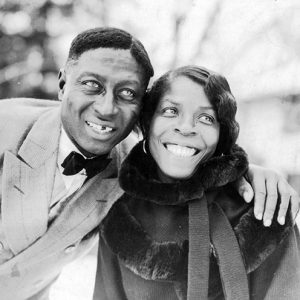 Huddie (Leadbelly) Ledbetter and Martha Ledbetter
Huddie (Leadbelly) Ledbetter and Martha Ledbetter
Lee County Courthouse
Lee Grocery Store
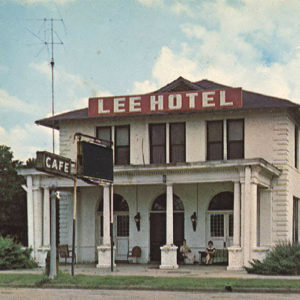 Lee Hotel
Lee Hotel
Lee Wilson & Company
 Captain Edward S. Lee
Captain Edward S. Lee
Lee, Lorelei
 Lee's Chapel
Lee's Chapel
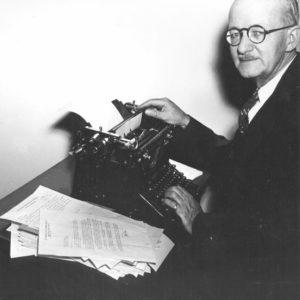 Walter Lemke
Walter Lemke
 Walter Lemke
Walter Lemke
Lemke, Walter John
 Leonard Campaign
Leonard Campaign




